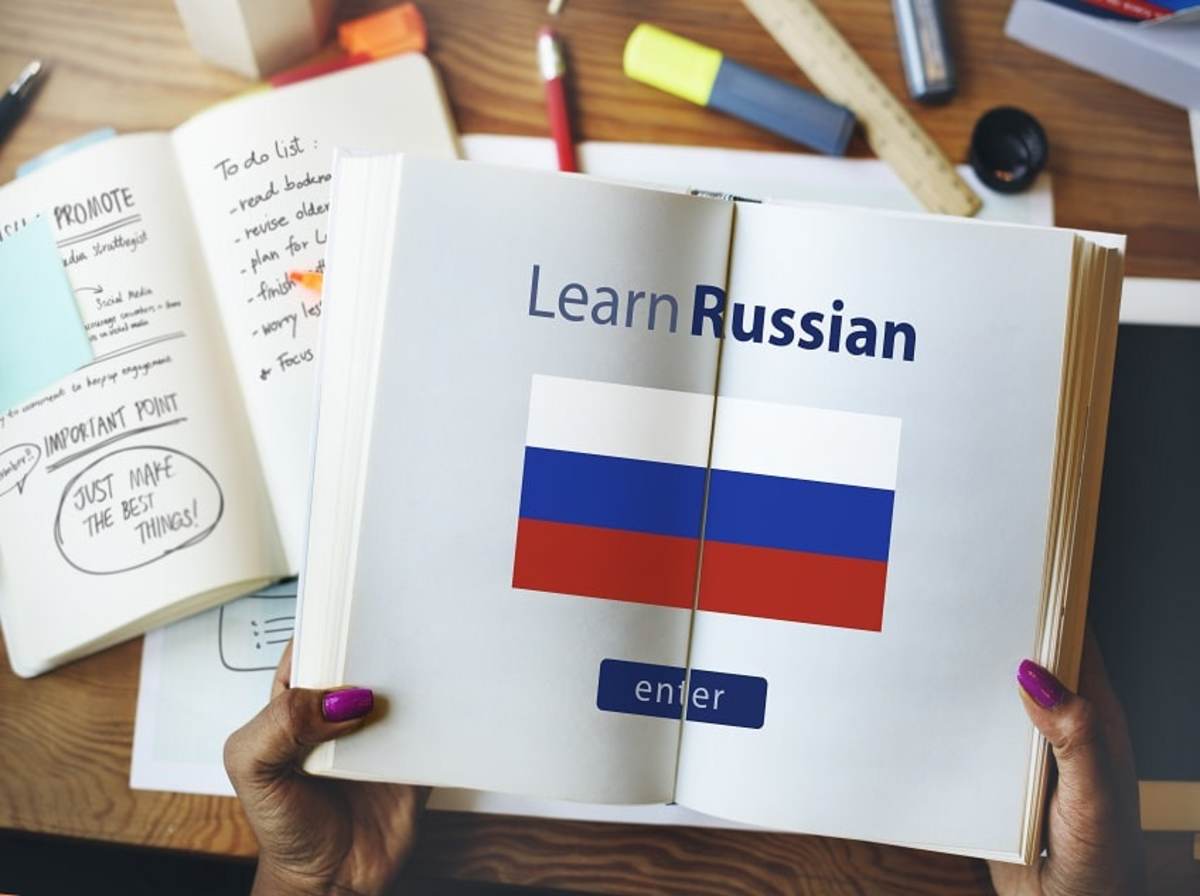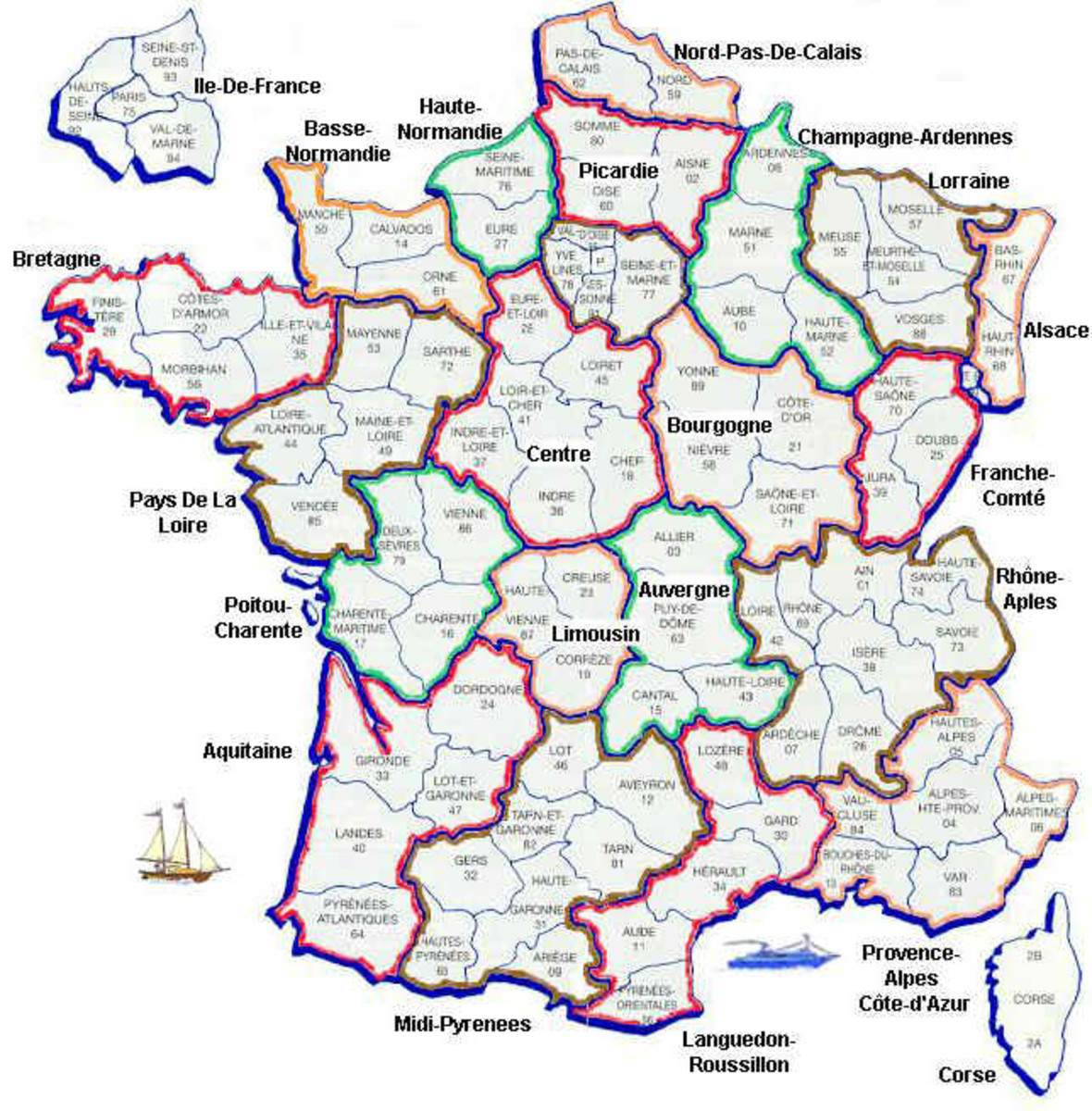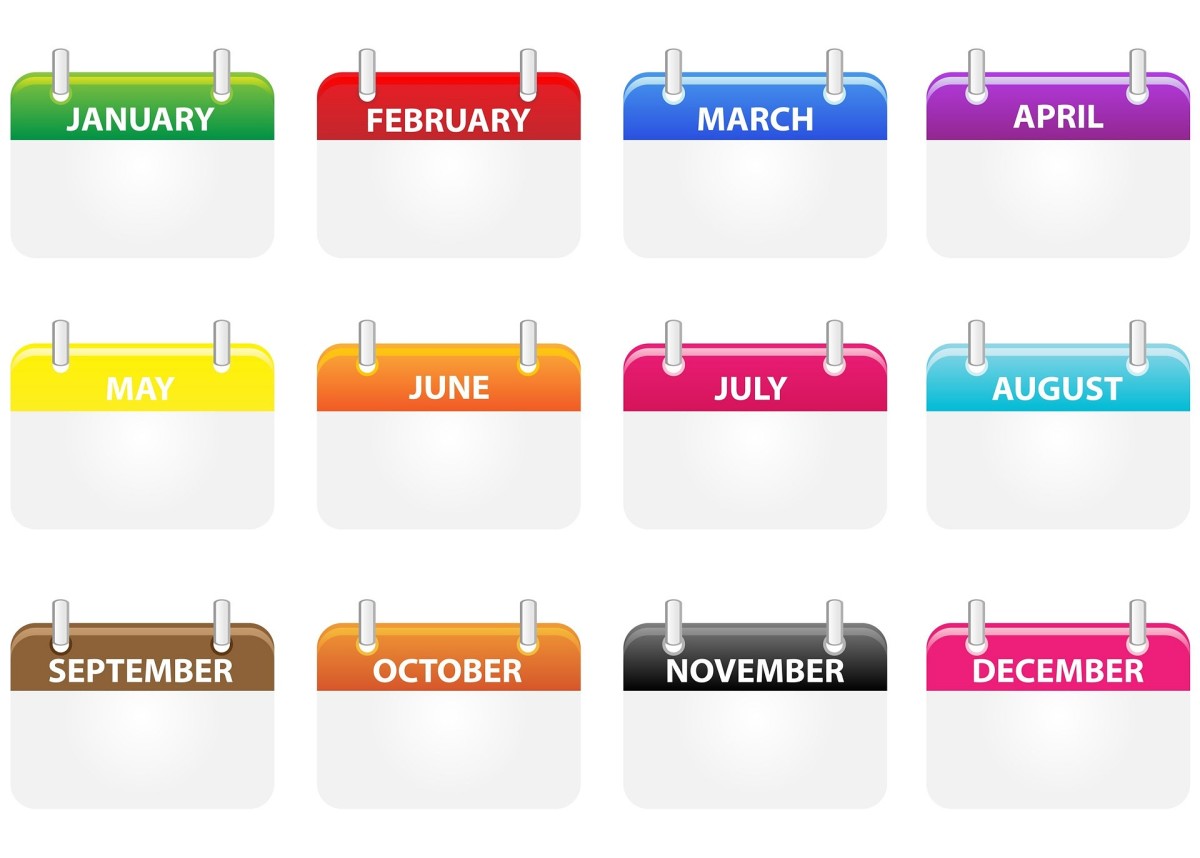Awaken the French Child in You (while learning the language)
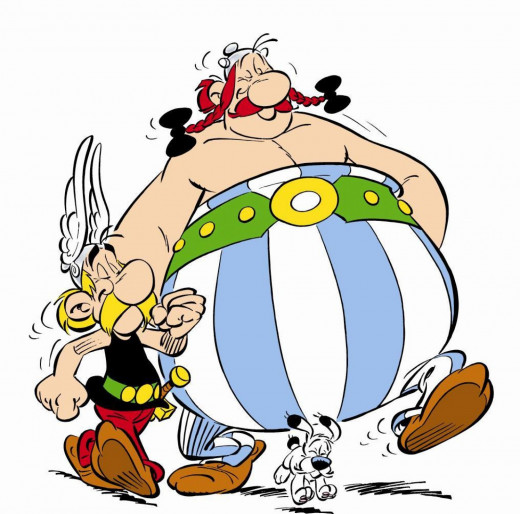
The Value of the Simplified Children's Text
If you tell someone that you're reading nursery rhymes to learn a language, that person might laugh. "Haha," he says, but the joke is on him. What better way to start from scratch on a language than with the texts geared for children who too are starting from scratch. The vocabulary will be simpler and essential, the grammar will not be as complex as adult texts yet not decontextualized and lifeless as language-learning texts, and the reading material will be interesting and simple enough to be engaging. To top it off, the expected repetition found in children's texts will reinforce the learning process.
Comic Book Fun
Let's start off with the comic book. I own two French comic books: 1) one of Astérix and Obélix and 2) another of the Schtroumpfs (or the Smurfs). Yes, the Smurfs was originally printed in French. For the purpose of this hub, I'll focus only on Les Schtroumpfs. Examine the following panel:
Excerpt from Les Schtroumpfs
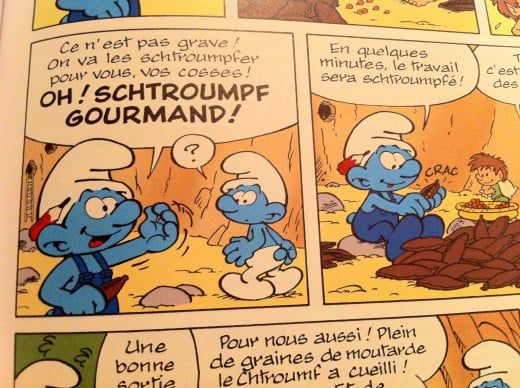
Which tense do you find the most difficult to understand?
Aside from the nonsensical and varied use of schtroumpf, these panels have the use of the present, near future, and future tenses.
- Present: Ce n'est pas grave!
- Near future: On va les schtroumpfer pour vous...
- Future:...le travail sera schtroumpfé!
In its use of the present tense, the left panel offers a useful conversational phrase. Ce n'est pas grave basically translates into "It's no big deal" or "It's no problem." With this phrase, we also find the traditional use of the negative form: the ne and pas surround the verb and work together to negate its meaning.
The sentence in the near future (the "going to" tense) provides us with the use of the multipurpose pronoun on. It can mean "we" and the general "one," "people," or "they." Whatever the use, on still carries the third-person singular conjugation; therefore, we see on va and not on allons (1st-person plural) or on vont (3rd-person plural). In addition to having the 2nd-person plural pronoun vous, this sentence even shows us the use of the direct object pronoun les. Accustomed to its primary use as an article, beginners will be new to the use of les in this way and will no doubt be disturbed. However, with enough of a foundation, a beginner will begin to suspect that this pronoun has another meaning--mainly because schtroumpfer, though made up, doesn't carry the typical ending of a plural noun.
Last, the future tense sentence in the second panel includes another useful phrase: en quelques minutes (roughly translating to "in a few minutes"). Having studied common verbs, beginners should notice that the word travail closely resembles the verb travailler, meaning "to work." Noticing its preceding le and transferring the meaning of the verb to a noun, they might eventually conclude that le travail means "the work" or "the job." You see? There's much to be gathered from comic strips. There's even more to be discussed in these two passages alone. But let's move on.
Horton entend un Zou!
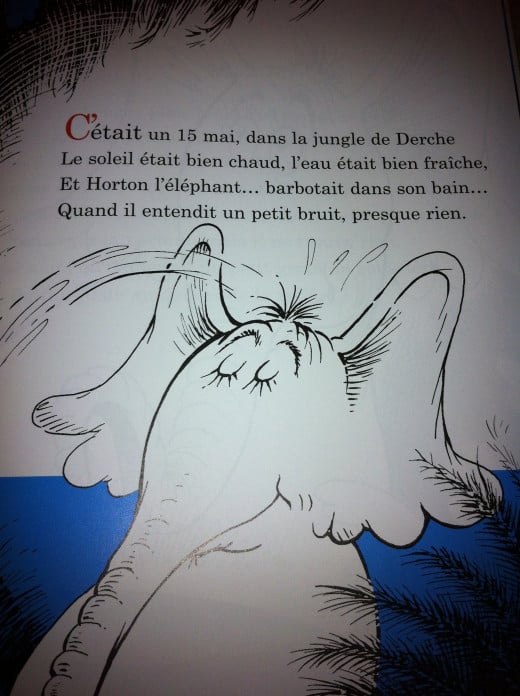
If you're interested in buying...
The French Seussical World
Dr. Seuss's repetitive nature is great for learning vocabulary and grammatical structures. Like Les Schtroumpfs, Dr. Seuss's texts will incorporate fictional words. Nevertheless, because his audience is children, the vocabulary of real words will be fundamental. Seen to the right, the opening page to Horton entend un Zou, or Horton Hears a Who, uses such basic words as le soleil (the sun), chaud (hot), bien (well), petit (small), and quand (when). As evidenced in the -ait verb endings, this story makes use of the imperfect tense. If unfamiliar with this tense, a learner could then search the web or an instructional text and discover that the imperfect tense is a form of the past that is often used to set up a story (C'était un 15 mai=It was May 15th), to express the past progressive form (Et Horton l'éléphant...barbotait dans son bain=And Horton the Elephant...was spashing in his bath), and to express what used to be. Additionally, with the text's rhyming pattern, a beginner could work on his/her pronunciation. Knowing that bain should rhyme with rien will help develop control of the French sounds.
~~~~~~~~~~~~~~~~~~~~~~~~~~~~~~~~~~~~~~~~~~~~~~~
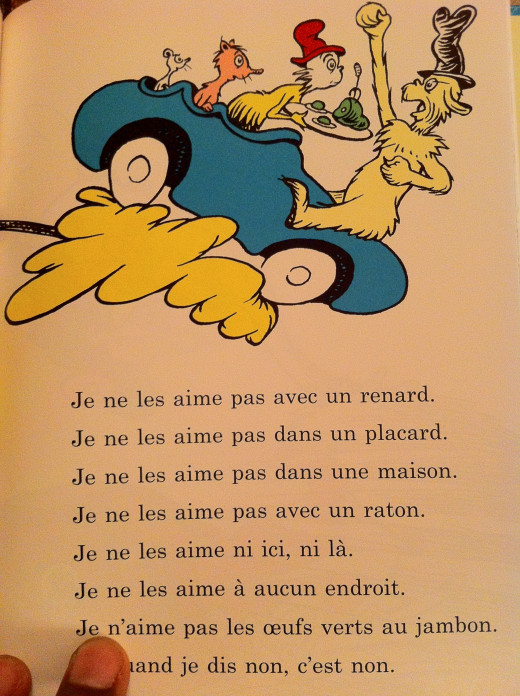
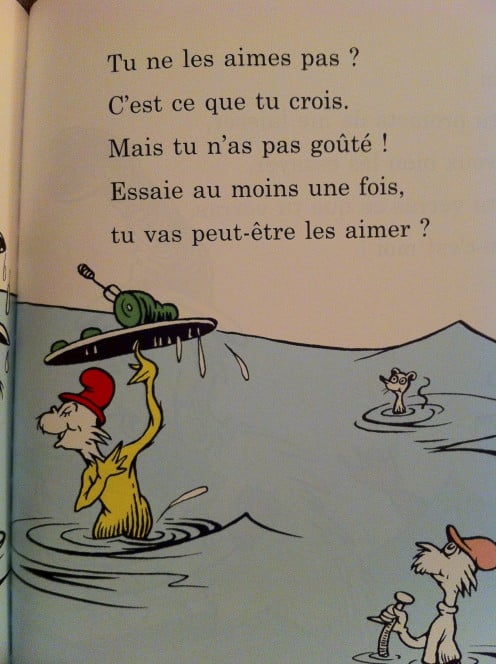
Green Eggs and Ham (Les oeufs verts au jambon)
If you're familiar with Green Eggs and Ham, then you should realize that the book emphasizes the negative form and the simple Do questions. Naturally, the French version does the same. Hence, the text is excellent for practicing present tense conjugations with subject pronouns je (meaning I) and tu (meaning you). In addition to this concept, the book also focuses on:
- Subject-verb inversion in questions
- The direct object les
- The indirect object en
- The conditional tense
- The future tense
- Negative forms (ne...pas, ne...ni...ni, ne...aucun)
- Prepositions
- Vouloir (to want) and pouvoir (to be able to, can)
The following page from Les oeufs verts au jambon, for instance, is a great page to teach with. Though the sentences are quite simple, there's much to be gathered. Peut-être, in the last line, may initially pose a problem to beginners. However, with a foundation in the common verbs, they should recognize two verbs: the conjugated form of pouvoir (to be able to, can) and the infinitive être (to be). If they remember that pouvoir can also mean may, they might be able to stitch the two together to infer the meaning: maybe. The second line contains the relative pronoun ce que (what). Therefore, the line translates to "That's what you believe."
A long explanation short, here's a translation of the full page.
Tu ne les aimes pas?
| You don't like them?
|
|---|---|
C'est ce que tu crois.
| That's what you think.
|
Mais tu n'as pas goûté!
| But you have not tasted (them)!
|
Essaie au moins une fois,
| Try (them) at least once,
|
tu vas peut-être les aimer?
| you are going to maybe like them?
|
Translation of a page of the French version of Green Eggs and Ham
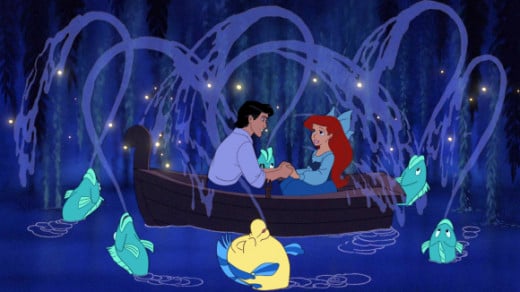
To the Disney vault!
If you're not enjoying yourself yet in this children-themed language-learning process, then this next step ought to get you going. Disney songs! Again, because children are the target audience, the songs will have basic structures and concepts. Search for the lyrics, or paroles, on the internet and work on translating the lines. However, occasionally, you will encounter a word that's out of range. Look it up or skip it. Also, calling upon your memory of the English lyric may help to fill the gap. For example, knowing The Little Mermaid's "Kiss the Girl" may lead you to the correct conclusion that embrasse in the French version "Embrasse-la" deals with kissing.
Because we're in the age of technology and sharing, now is the time to benefit from the work of others. On YouTube, several people post French versions of Disney songs; some even include the French lyrics; still some include the English translation as well. You can't lose. Learning a language while reliving your swinging childhood? Yes, please.
However, be aware that not everything posted is correct. The following video, for instance, may have a couple of errors in the French. As a whole, though, it's worth the viewing.
"Can you feel the love tonight?" (French)
"Libérée, délivrée"
Eventually, you may want to strengthen your ears' ability to detect and understand familiar French words and phrases. For this reason, occasionally listen to songs without looking at words. Try it with the French version of Frozen's "Let It Go," entitled "Libérée, délivrée".
Take your pick
Which tool are you more likely to use in your language-learning?
Children's Television
When you want more practice with listening comprehension, turn to children's television. Where can you find it in French? YouTube, of course, and also http://latelegratuite.blogspot.ca. One particular program that I like is Le village de Dany. It's the French version of Daniel Tiger's Neighborhood on PBS. While you won't get everything on the first listen, you'll comprehend more and more as you listen multiple times. Here's one episode. See what you can pick out.
Le village de Dany

French Nursery Rhymes and Children's Songs
Our final stop brings us to an examination of short yet memorable poems and songs. The suggested site is Mama Lisa's World. Here, you'll find French nursery rhymes and children's songs associated with games. Choose these carefully, though. Some have specialized tenses and words that will be of little use to everyday spoken French.
Adhering to their didactic purpose, there are some that teach vocabulary. "Le facteur n'est pas passé"--a song that's sung in a Duck-Duck-Goose-type game--teaches the days of the week:
Le facteur n'est pas passé
Il ne passera jamais
Lundi, mardi, mercredi (Monday, Tuesday, Wednesday)
Jeudi, vendredi, samedi (Thursday, Friday, Saturday)
Dimanche (Sunday)
Likewise, while using the future tense, "Alouette" teaches parts of the body. Don't get disturbed by the seemingly cruel lyrics. It actually is discussing preparing a dead bird for cooking rather than torturing the bird.
Je te plumerai le dos, (I will pluck your back)
Je te plumerai le dos, (I will pluck your back)
Et le dos, et le dos, (And your back, and your back)
Et le cou, et le cou, (And your neck, and your neck)
Et la tête, et la tête (And your head, and your head)
Et les yeux, et les yeux, (And your eyes, and your eyes)
Et le bec, et le bec, (And your beak, and your beak)
Alouette, Alouette ! (Lark, Lark!)
Ah ! ah ! ah ! ah !
Be advised that the site seems to automatically download MIDI files to your computer.
~~~~~~~~~~~~~~~~~~~~~~~~~~~~~~~~~~~~~~~~~~~~~~~~~~~~~~~~~~
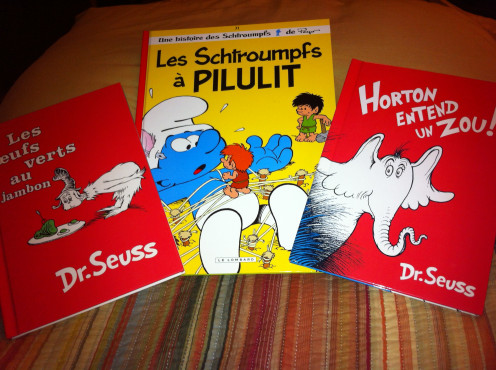
Be a Kid Again--French-style
When learning French, keep an open mind. You don't have to spend your money on an expensive piece of software. Start with the basics that you have access to, and then build up from there. Good luck!!
For further interest
- The Smurfs - the official website
Meet the Smurfs, the smurf village, their language, friends & enemies. Play funny games or send smurf ecards to your friends. - French Children's Songs - France - Mama Lisa's World: Children's Songs, Nursery Rhymes and Tradition
Children's songs and nursery rhymes from all over the globe presented both in English and their native languages. Many include sound clips and sheet music.
Additional Links for Foreign Language Learning/Teaching
- French (and other languages) on the Cheap
- Improving your French Pronunciation
- Speak French without Opening Your Mouth (French Mannerisms)
------------------------------------------





